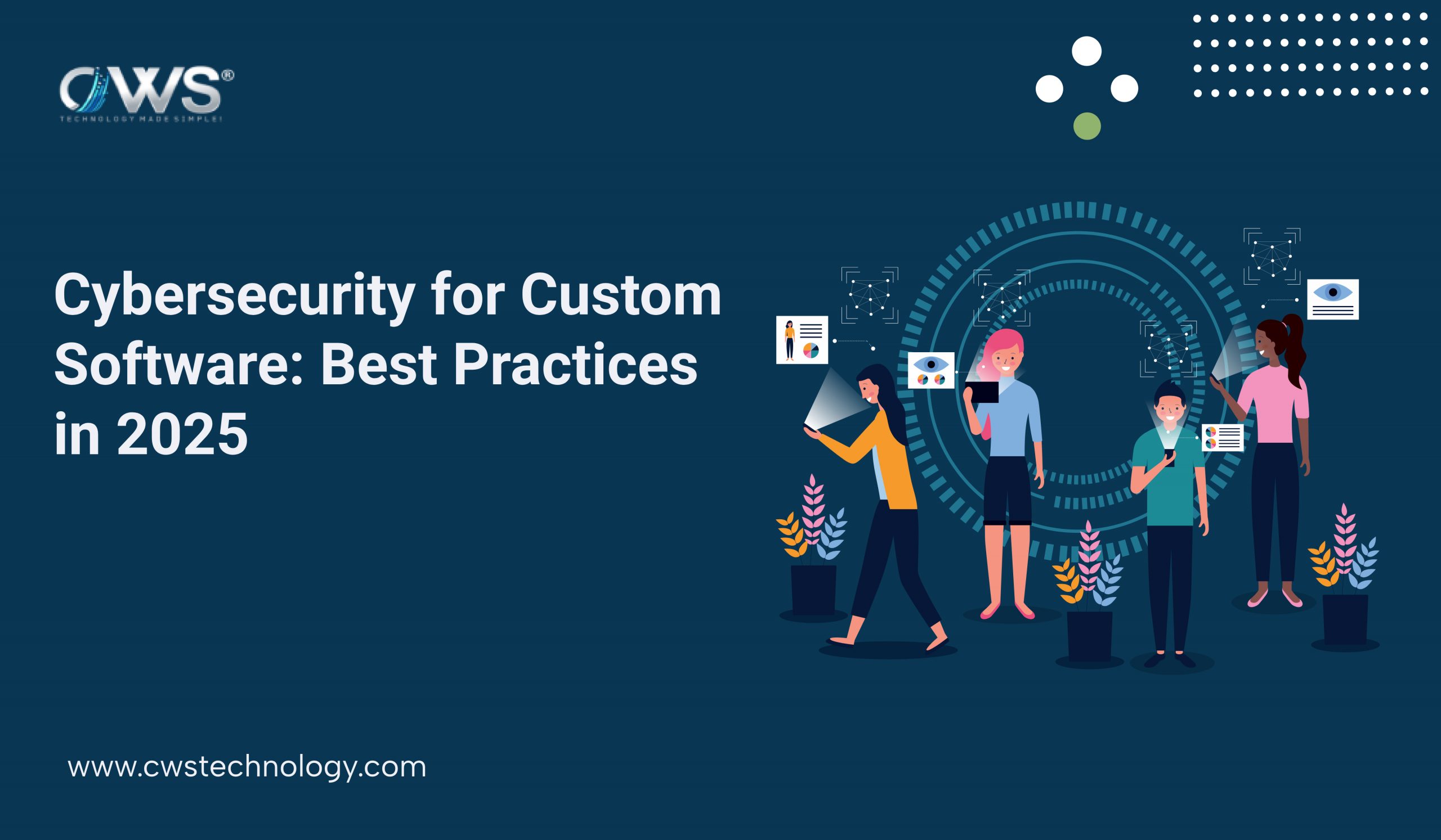Overview
Is your business on the right track? Do you have any idea where it is heading towards? How successful are your strategies? We live in a world of uncertainty and how can we cope best in this uncertainty age? Simply, by tracking progress and noticing changes even the subtle ones.
You might think that your business is just doing fine but in reality, the truth is something else. Just one wrong step could turn your business into a financial hole but that’s not what we will be discussing here.
According to a study, 8 out of 10 businesses fail within the first 18 months. A whopping 80 percent crash and burn. But we have to understand the reasons behind the failure and what we can apply to our own business ventures. The primary reason is that most of them don’t have a solid plan A and are clueless about the alternative plans; hence, they simply run out of cash. The cracks in the foundation start well before the actual day of the collapse.
Conducting a Rigorous Evaluation
The first step towards realignment is a thorough business evaluation. This in-depth analysis involves several key areas:
- Goals and Strategies: Reassess your business goals and the strategies you’ve implemented to achieve them. Are they still relevant and impactful in the current market landscape?
- Market Conditions: Analyze external factors impacting your business. Has the market shifted, introducing new competition or customer demands?
- Performance Analysis: Scrutinize your business performance metrics. Identify areas where performance is lagging behind expectations.
Through this evaluation, you’ll gain valuable insights into the root causes of your business’s off-track trajectory.
Must Know | Flutter vs React Native
Seeking External Expertise
Don’t tackle this challenge alone. Seek valuable perspectives from trusted advisors, mentors, or industry professionals. These individuals can offer:
- Objective Insights: They can provide an unbiased view of your business and its situation.
- Industry Knowledge: Their experience within your field allows them to identify potential solutions and best practices.
- Fresh Perspectives: They can challenge your assumptions and bring new ideas to the table.
By leveraging the expertise of these external resources, you’ll gain a broader perspective and identify potential solutions that may have been overlooked.
Revisiting Your Business Blueprint
Your business plan serves as the roadmap for success. Review your original document and consider the following:
- Mission Statement: Is it still a reflection of your core values and aspirations?
- Strategic Alignment: Are your current strategies aligned with your mission and the evolving market?
- Vision Adjustments: Have your long-term goals shifted, requiring modifications to your plan?
This review will ensure your business plan remains relevant and guides your realignment efforts effectively.
See Also | The Important Role of Cloud Computing in Digital Transformation
Understanding Your Customers
Your customers are the lifeblood of your business. To get back on track, prioritize understanding their needs:
- Customer Feedback Analysis: Conduct surveys, analyze testimonials, or engage in direct conversations with your customers to gather valuable feedback on their needs, preferences, and pain points.
- Adapting Your Offerings: Based on this feedback, you can adjust your product or service features, pricing strategies, or marketing messages to better resonate with your target audience.
By prioritizing customer insights, you’ll ensure your business remains aligned with their ever-evolving needs.
Staying Informed about the Market
Understanding the broader marketplace is essential for strategic decision-making:
- Market Research: Conduct thorough market research to identify current trends in customer behavior, emerging competitors, and potential gaps or opportunities within your industry.
- Adapting to Change: Utilize market research to inform your strategies, ensuring your business offerings and marketing tactics remain relevant and competitive in the dynamic marketplace.
By proactively keeping yourself informed about market trends, you can anticipate changes and proactively adjust your course to maintain a competitive edge.
Implementing Strategic Changes
Based on your comprehensive evaluation and external insights, it’s time to take action:
- Product/Service Refinement: Consider revising your product or service offerings to better meet current market demands.
- Pricing Adjustments: Evaluate your current pricing strategy and explore potential adjustments to optimize revenue and customer value.
- Marketing Strategy Rethink: Refine your marketing strategies to effectively reach your target audience and communicate your value proposition.
- Improved Operational Efficiency: Explore opportunities to streamline business operations and increase efficiency to optimize performance.
- New Market Exploration: Identify and explore new market segments that present untapped growth opportunities.
These strategic changes will realign your business with market realities and lay the foundation for renewed success.
Maintaining Open Communication
Transparency is key during times of change:
- Stakeholder Communication: Keep your employees, partners, and other stakeholders informed about the changes you are implementing and the rationale behind them.
- Addressing Concerns: Be prepared to address any questions or concerns your stakeholders may have.
- Open Communication Lines: Maintain open communication channels to ensure everyone remains informed and engaged throughout the realignment process.
Clear communication fosters trust and facilitates a smoother transition towards the new direction.
The Power of Monitoring and Adaptation (continued)
- Feedback Gathering: Actively seek feedback from employees, customers, and stakeholders to gauge the impact of your changes and identify areas for improvement.
- Agile Mindset: Foster a culture of agility within your organization. Be prepared to adapt your strategies further based on your ongoing monitoring and feedback mechanisms.
By remaining vigilant and open to adjustments, you’ll ensure your business stays on track and continues to thrive in the ever-evolving marketplace.
Conclusion
Setbacks and challenges are inevitable in the business world. Don’t view them as roadblocks, but rather as valuable learning opportunities. By adopting a proactive mindset and implementing the strategies outlined in this guide, you can transform these challenges into catalysts for growth and propel your business back on the path to success. Remember, effective realignment is an ongoing process.








